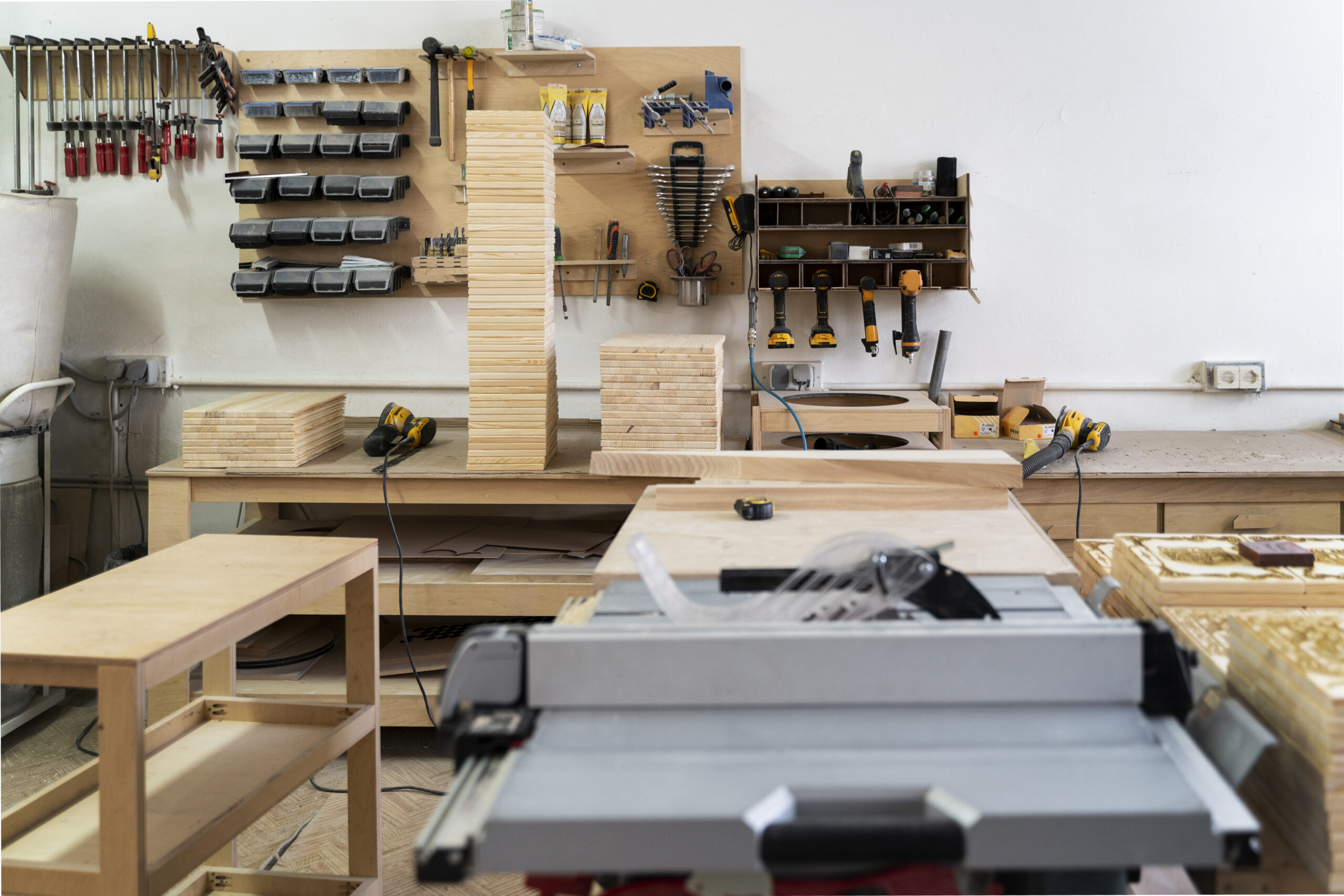How to Fix Damaged Finish on a Wood Table
Every wood table tells a story. Over time, surfaces can suffer from spills, scratches, or just the wear and tear of everyday life. Fixing a damaged finish is not only about restoring beauty, but also preserving the history behind the table. Here’s a straightforward guide to help you restore your wood table’s finish.
Assessing the Damage
Before diving in, it’s important to understand the extent of the damage. Is the finish lightly scratched, or are there deep gouges? Light scratches might only need a simple polish, whereas more significant damage could require stripping and refinishing.
Gather the Necessary Tools and Materials
Make sure you have everything you need before starting:
- Clean cloths
- Mild soap and water
- Mineral spirits
- Fine sandpaper (220 grit or higher)
- Steel wool (0000 grade)
- Wood stain (if needed)
- Finish (such as polyurethane, lacquer, or shellac)
- Brush or cloth for applying finish
- Furniture polish or wax
Cleaning the Surface
Start by cleaning the table. Use a mixture of mild soap and water. Dip a clean cloth in the solution and gently wipe the surface, removing any dirt or grime. Avoid soaking the wood to prevent warping. Dry the table thoroughly with a clean towel.
If the surface is sticky or has residues that soap won’t remove, lightly dampen a cloth with mineral spirits. Test a small, inconspicuous area first. Gently rub the sticky spots to dissolve the residue. This process will not harm most finishes, but always test first to be sure.
Addressing Scratches and Small Blemishes
For fine scratches, 0000-grade steel wool might suffice. Rub the affected area gently along the grain of the wood. Apply a bit of furniture polish or wax after buffing out the scratch.
If scratches penetrate deeper into the finish, use fine sandpaper. Sand carefully with the grain. Take precaution not to remove too much finish. Dust off the surface with a tack cloth, then touch up with matching wood stain if needed.
Repairing More Extensive Damage
Deep scratches or gouges may require a more thorough approach. Start by sanding the affected area with 220-grit sandpaper. Always sand along the grain. Dust off using a tack cloth before proceeding.
Fill deeper scratches with wood filler. Choose a filler that closely matches the table’s wood. Apply with a putty knife and remove excess filler. Once dry, sand the area smooth. Clean the sanded area with a tack cloth.
Stripping and Refinishing the Entire Surface
If damage is widespread, stripping and refinishing might be necessary. Start by removing the existing finish. Use a chemical stripper. Apply it using a brush, following the label instructions. Allow the recommended time for the stripper to work before scraping off the old finish. Use a plastic scraper to avoid damaging the wood.
After stripping, sand the wood surface with progressively finer grits. Begin with 100-grit and finish with 220-grit sandpaper. Wipe the surface clean with a tack cloth to remove all dust before applying the new finish.
Applying a New Finish
Choose a finish that suits your table’s use and desired look. Polyurethane provides durability and is ideal for frequently used tables. Shellac gives a warm, traditional look, while lacquer offers a high-gloss finish.
Apply the finish with a brush or cloth. Use even strokes along the grain of the wood. Allow each coat to dry completely before lightly sanding with fine sandpaper. Clean with a tack cloth before applying subsequent coats. Two to three coats may be necessary for the best protection.
Polishing and Maintenance
Once the finish is applied and cured, polish the table for added shine and protection. Use a quality furniture polish or paste wax. Buff the surface to a smooth, glossy finish.
To maintain the table, regularly dust with a soft cloth. Avoid direct sunlight and use table covers to prevent damage. Dust and polish as needed to keep the finish looking its best.
Final Touches
Consider adding pads to the bottom of the table legs to protect floors and stabilize the table. Use coasters to avoid future watermarks. Simple care habits can extend the life of any wood table.
Each restoration project is unique. Remember to tailor these steps to your wood table’s specific finish and condition.
